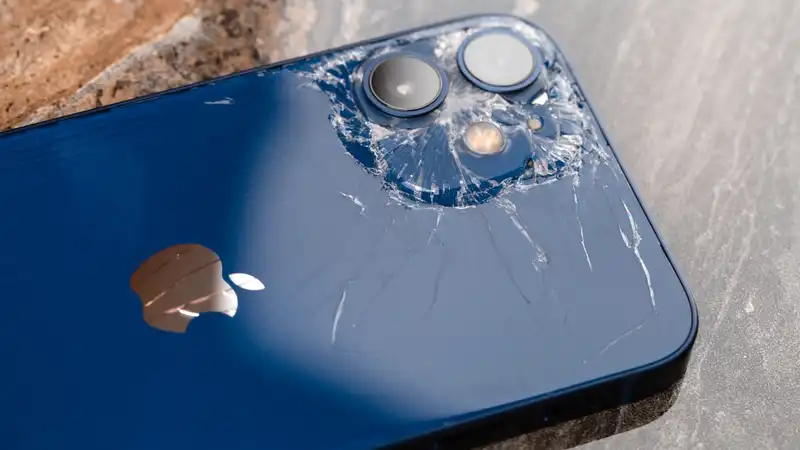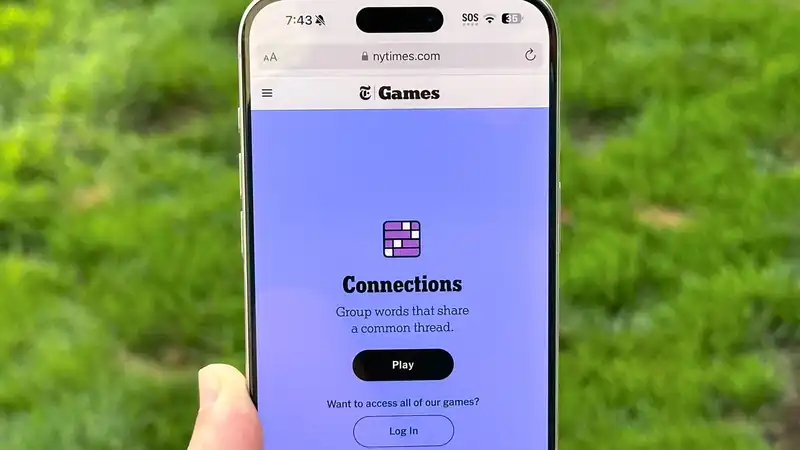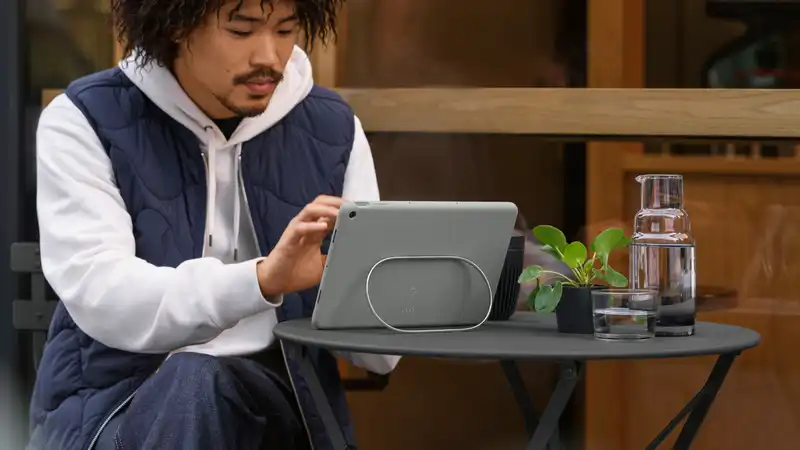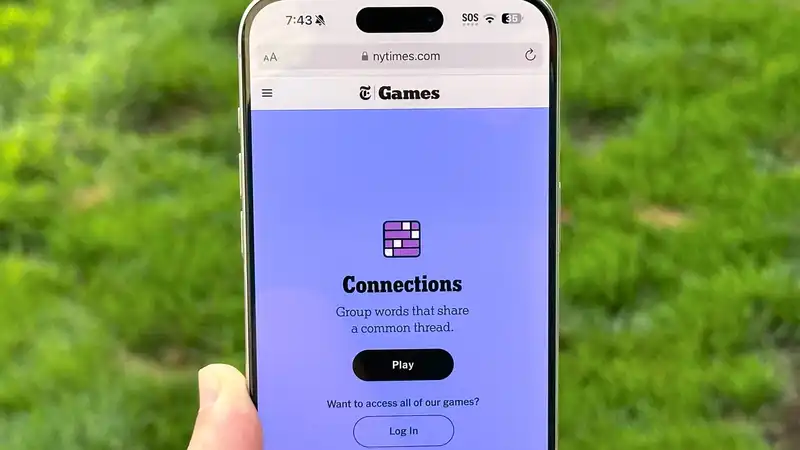John Ternus, Apple's hardware engineering chief, responded to criticism of Apple's recent "parts pairing" process
Ternus spoke to Tech Crunch about Apple's view on why part pairing (where a part is registered to a specific device and will only work properly with that device) is important, while also noting that most iPhones fail to verify whether a part is genuine or not He confirmed that most iPhones work with third-party parts as well, despite reports of constant notifications when the iPhone fails to verify that the part is genuine
He said in an interview, ""Parts pairing" is used a lot externally and has this negative connotation It makes people think that we are trying to prevent third-party parts from working, but that is not true We think we need to know which components are used in a device for several reasons One is that we need to authenticate that it is a genuine Apple biometric device and not an impersonator
Ternus further elaborated on Touch ID and Face ID, the only exceptions where used parts, whether made by Apple or not, do not work Think about Touch ID and Face ID and the importance of their security," he said 'Everything in our lives is in our phones There is no way to verify the performance of third-party biometrics For key security features, we do not allow the use of third-party modules But for everything else, we do"
Apple introduced iPhone self-repair in 2022, giving users more freedom to repair their devices However, the use of Apple's new parts is still restricted, which was questioned when a new right-to-repair bill was passed in Oregon Apple recently announced that "some" iPhone models will be able to be repaired with used parts as long as they are genuine parts It is not known when this update will take place or which models will be affected However, it will probably start with the iPhone 15 and expand from there
Apple will alert customers if parts of the phone have been replaced with third-party parts If a phone has been repaired, a "Parts and Service History" section will appear in the "Settings" menu to inform customers if non-official parts were used in the repair Apple is reportedly working to expand this section later this year to indicate whether the parts used are genuine Apple parts
Apple's efforts to bring transparency to used and repaired phones are certainly impressive While some may not care, others may appreciate knowing what is in a like-new device and having the peace of mind that their phone has the correct parts Nevertheless, Apple's approach maintains the user's self-repair operation on its own terms, perhaps following the letter of the law, but not the spirit of the Right to Repair Act
If you are the owner of a broken iPhone and repair seems not worth the time or money, take a look at our best iPhone guide Or if you're looking for a new phone but don't want to break the bank, check out our list of the best cheap phones of 2024










Comments